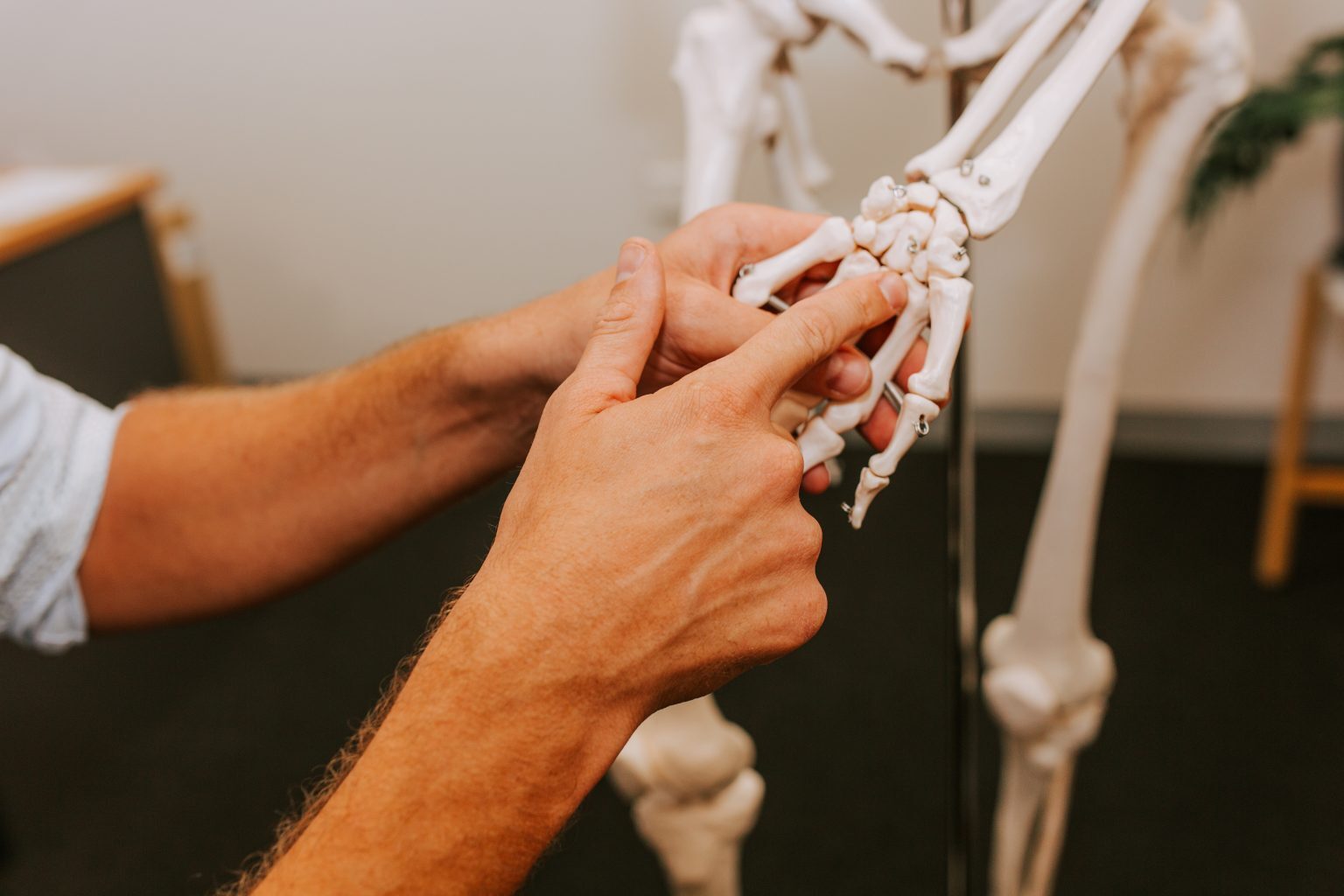Partial and Total wrist fusion
What is a wrist joint fusion?
Wrist joint fusion is a type of surgery used to treat arthritis. There are two main types: partial wrist fusion and total wrist fusion.
In partial wrist fusion, several of the small bones in the wrist are joined together permanently. After the surgery, your wrist’s movement will be limited.
In total wrist fusion, the radius, carpal, and metacarpal bones are all joined together into one bone. After the surgery, you will not be able to bend your wrist at all. The ulna bone is left unfused, so you will still be able to rotate your wrist.
Dr Jonathon de Hoog has a special interest in wrist and hand surgery. At Aspire Orthopaedics, he provides a range of treatments for patients with arthritis at any age.
How does wrist joint fusion help?
In a healthy wrist joint, the ends of the bones are protected by a layer of cartilage. This helps them glide over each other smoothly. Arthritis causes damage and loss to this cartilage – when the surfaces are no longer smooth, the bones rub against each other painfully.
The goal of the procedure is to minimise arthritis pain by stopping the bones in the wrist from moving. When the joint’s surfaces can’t rub against each other anymore, most patients find that pain is a lot more manageable. Wrist fusion can help you regain strength in your hand and wrist, but comes at the cost of movement.

Is wrist fusion right for me?
Since it stops movement at the wrist, wrist joint fusion is usually reserved for advanced cases which have not responded to other treatments. However, most patients who are considering wrist fusion already have very limited movement – the outcome may be similar to your current degree of motion, but with less pain.
Before making any decisions about surgery, Dr Jonathon de Hoog will talk to you about your needs and how the surgery may impact your lifestyle. If the procedure isn’t the best option for you, he can recommend alternative approaches.
What happens in surgery?
The wrist fusion surgery usually takes place under general anaesthetic. After reviewing the x-rays, Dr de Hoog makes an incision in your wrist and uses specialised tools to cut away the diseased sections of bone. A bone graft may be placed between the pieces to help them fuse, and a metal plate is fitted to hold them together. Once the plate is in place, the incision is closed in layers and a dressing is applied.
Getting ready for surgery
Before surgery
- Get used to new mobility levels – wear a wrist brace to simulate your expected level of movement and practice some tasks.
- Exercises – Strengthening the wrist muscles can help in recovery. Your doctor will provide advice in lead-up.
- See your GP – you may need to stop some medications before surgery. Talk to your doctor about how to do this.
- Prepare your house – you may need someone to stay with you for a few days.
After surgery
- Your arm will be in a cast for 6 weeks
- Start strengthening exercises at 8 weeks – Dr de Hoog will provide specific exercises
- Most patients achieve full mobility at 10 weeks
- Your grip strength will keep improving over 6-12 months
- You may drive once you feel confident – remember that your wrist has changed and you may need to grip the wheel differently.
Contact Aspire Orthopaedics
At Aspire Orthopaedics, Dr Jonathon de Hoog manages orthopaedic conditions from locations across Townsville, Pimlico and Mt. Isa.


